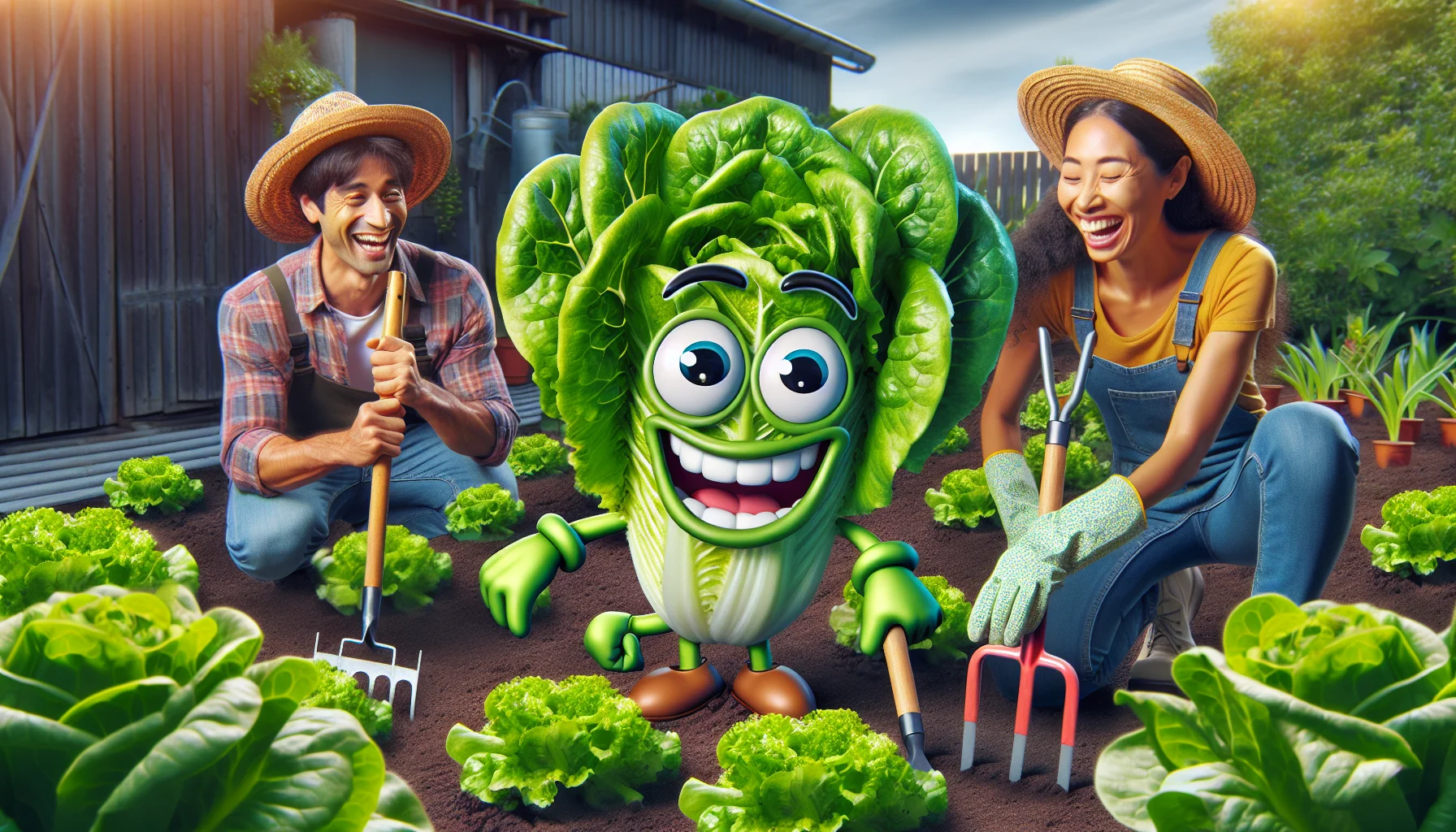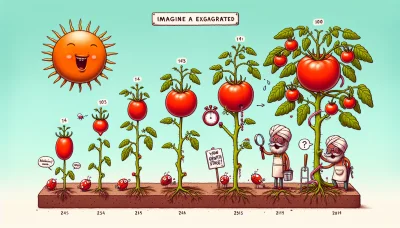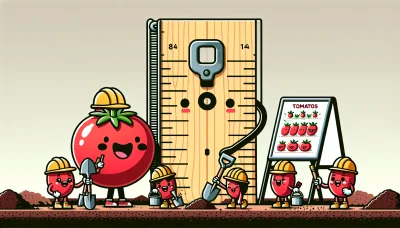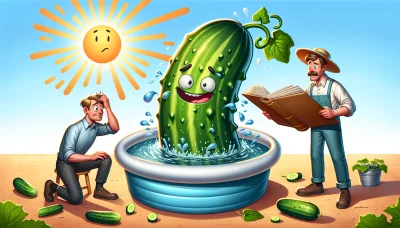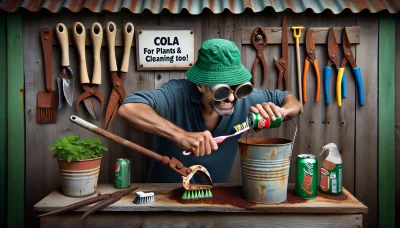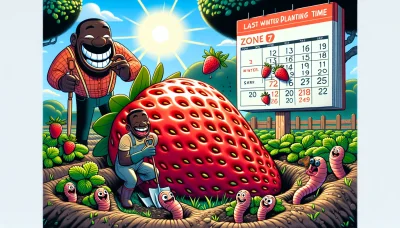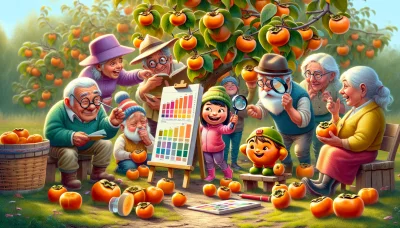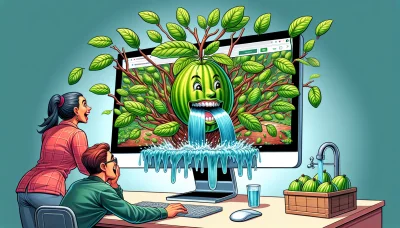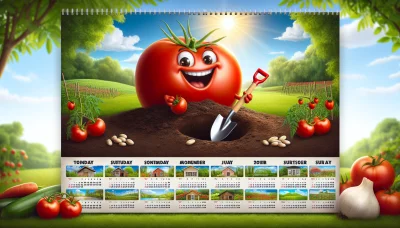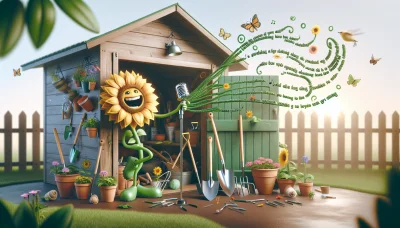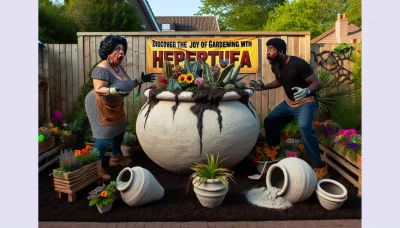Growing lettuce Quiz
Test Your Knowledge
Question of
Introduction to Growing Lettuce
Lettuce is a popular crop among gardeners due to its fast growth rate and the ease with which it can be grown in a variety of climates and conditions. This leafy green is a staple in salads and sandwiches, making it a favorite for home gardens. Growing lettuce requires minimal space, and it can even thrive in containers, making it accessible for those with limited gardening areas. The key to successful lettuce cultivation includes maintaining moist soil without waterlogging, providing adequate sunlight, and ensuring a cool growing environment, as lettuce prefers cooler temperatures. With a range of types to choose from, including crisphead, romaine, leaf, and butterhead, gardeners can enjoy a diverse harvest that adds freshness and flavor to their meals.
Choosing the Right Lettuce Varieties
Lettuce comes in a wide array of varieties, each with its unique characteristics and suitability for different climates. From the crisp and refreshing Iceberg to the tender and flavorful Butterhead, there's a type of lettuce for every garden and salad. Romaine, with its tall, dark green leaves, offers a crunchy texture and is ideal for Caesar salads. Meanwhile, the Leaf lettuce varieties, including Red Leaf and Green Leaf, provide a more delicate texture and a milder flavor, making them perfect for mixed green salads. For those in warmer climates, heat-tolerant varieties like Oakleaf and Summer Crisp can withstand higher temperatures without bolting as quickly as other types. On the other hand, cooler climates might be more suitable for growing varieties like Winter Density, which can tolerate lower temperatures. Understanding the specific needs and characteristics of each lettuce variety can help gardeners choose the right types for their garden, ensuring a bountiful and delicious harvest.
Essential Conditions for Growing Lettuce
- Soil Type: Lettuce prefers well-draining soil rich in organic matter. A pH between 6.0 and 7.0 is ideal.
- Sunlight: Lettuce grows best in cool conditions and can thrive in partial shade, although it also needs a minimum of 4 hours of direct sunlight per day.
- Water Requirements: Consistent moisture is key, as lettuce roots are relatively shallow. Watering should be done in the morning to allow leaves to dry.
Step-by-Step Guide to Planting Lettuce
Planting lettuce, whether from seeds or seedlings, is a rewarding process that can provide you with fresh, leafy greens for your salads and sandwiches. To ensure the best growth and yield, it's important to follow a few key steps. This guide will walk you through the process of planting lettuce in your garden, from preparation to planting.
- Choose the right location. Lettuce prefers cool weather and can tolerate partial shade. Find a spot in your garden that gets plenty of morning sunlight but is shaded during the hottest part of the day.
- Prepare the soil. Lettuce thrives in rich, loose soil that drains well. Work in compost or a balanced fertilizer to enrich the soil before planting.
- Sow the seeds or plant the seedlings. If starting with seeds, sprinkle them lightly on top of the soil and cover with a thin layer of soil or compost. If planting seedlings, space them about 8 to 12 inches apart to allow for growth.
- Water gently. After planting, water your lettuce gently to settle the soil around the seeds or seedlings. Keep the soil consistently moist, but not waterlogged, to encourage germination and growth.
- Mulch to retain moisture. Applying a thin layer of mulch around your lettuce plants can help retain soil moisture and regulate temperature.
- Thin seedlings if necessary. If you started with seeds, you might need to thin your seedlings once they've grown a bit. This ensures that each plant has enough space to mature.
- Monitor for pests and diseases. Keep an eye out for common lettuce pests and diseases. Prompt action can prevent damage to your crop.
- Harvest when ready. Lettuce can be harvested when it looks full and leafy. You can either pick individual leaves or harvest the whole head, depending on the variety.
Caring for Your Lettuce Plants
Lettuce plants require consistent care and attention to ensure they grow healthy and produce crisp, tasty leaves. One of the key aspects of lettuce care is proper watering. These plants prefer a steady supply of moisture, so regular watering is critical, especially during dry spells. However, it's important to avoid waterlogging the soil, as this can lead to root rot and other diseases. Weeding is another essential maintenance practice. Weeds compete with lettuce for nutrients and water, so keeping the garden bed free of these unwanted plants will help your lettuce thrive. Finally, pest control cannot be overlooked. Lettuce can attract a variety of pests, including aphids and slugs. Monitoring your plants regularly and taking appropriate action when pests are detected will help protect your lettuce and ensure a healthy harvest.
Harvesting and Storing Lettuce
To properly harvest lettuce to ensure longevity and freshness, it's important to wait for the right time of day and use the right technique. The best time to harvest lettuce is in the early morning when the leaves are crisp, full of moisture, and have not yet been exposed to the sun. Use a sharp knife or scissors to cut the lettuce at the base, being careful not to bruise or damage the leaves. If you're harvesting leaf lettuce, you can simply pick the outer leaves, allowing the plant to continue producing more leaves for future harvests.
- Keep lettuce cool immediately after harvesting to preserve its freshness.
- Wash lettuce gently under cold water to remove any dirt or pests.
- After washing, dry the lettuce thoroughly using a salad spinner or by patting it dry with paper towels.
- Wrap the lettuce in a dry paper towel to absorb any excess moisture, which can help prevent wilting.
- Store the wrapped lettuce in a perforated plastic bag or a container with some airflow in the crisper section of your refrigerator.
- Check the lettuce regularly and remove any leaves that start to spoil to prevent the spread to healthy leaves.
- Avoid storing lettuce near fruits that produce ethylene gas, like apples and bananas, as it can speed up the spoiling process.
Common Problems and Solutions in Growing Lettuce
| Common Issue | Cause | Suggested Solution |
|---|---|---|
| Bolting | High temperatures | Provide shade, plant heat-tolerant varieties, ensure adequate water |
| Tip Burn | Calcium deficiency often due to uneven watering | Ensure consistent moisture, consider calcium supplements |
| Root Rot | Overwatering or poor drainage | Improve soil drainage, water less frequently |
| Slugs and Snails | Moist, cool conditions | Use slug bait, beer traps, or copper barriers |
| Powdery Mildew | Fungal infection, high humidity | Improve air circulation, avoid overhead watering, use fungicides if necessary |
| Leaf Miners | Flies laying eggs on leaves | Remove affected leaves, use floating row covers to protect plants |
